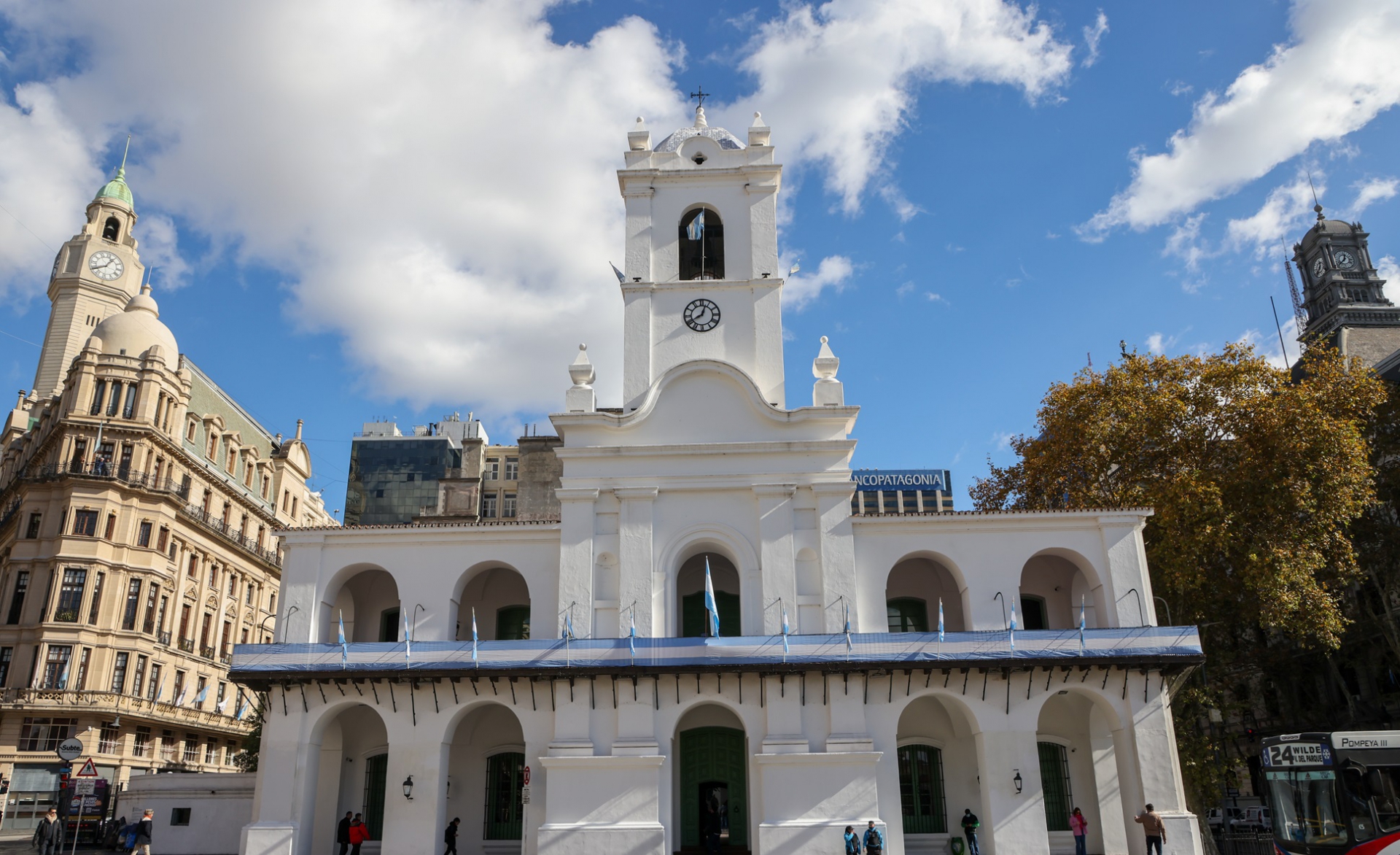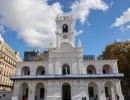Today we commemorate the founding milestone that marked the beginning of the process of independence of the Argentine State. On May 25, 1810, a crowd led by Domingo French and Antonio Beruti gathered in the Plaza de la Victoria, today known as Plaza de Mayo, to demand the convening of an Open Town Hall and the resignation of the Spanish viceroy Baltasar Hidalgo de Cisneros.
Popular pressure led to the formation of the First Patriotic Government, a junta that pledged to govern in the name of Ferdinand VII, the captive Spanish monarch. Presided over by Cornelio Saavedra, with Mariano Moreno and Juan José Paso as secretaries, and Manuel Alberti, Miguel de Azcuénaga, Manuel Belgrano, Juan José Castelli, Juan Larrea and Domingo Matheu as members, this junta marked the first major step towards emancipation.
The context of 1810 was complex. The Viceroyalty of the Río de la Plata, which included the territories of present-day Argentina, Bolivia, Paraguay and Uruguay, was under Spanish rule. However, Spain was facing a deep crisis: invaded by Napoleon in 1808, King Ferdinand VII had been forced to abdicate, creating a power vacuum that the Creoles took advantage of to challenge the authority of Viceroy Cisneros.
The echoes of the English invasions and the news of the formation of a Council of Regency in Cadiz, in an attempt to resist the French siege, reached a restless Buenos Aires. In this climate, on 22 May 1810, a Cabildo Abierto was called, a decisive assembly where the neighbours debated the removal of the viceroy.
Finally, on 24 May, 476 residents signed a petition for the creation of a Junta Provisoria Gubernativa. The following day, the First Junta was officially constituted, deposing Viceroy Cisneros. This event not only meant the creation of a new local government, but also a break with the Junta of Seville, which ruled in the name of the Spanish monarch.
The May Revolution not only represented the defence of popular sovereignty, but also illuminated the aspiration for freedom and independence, leaving a legacy of protagonism and self-determination that endures to this day. In the Casa Rosada Museum, a lithograph of the Fiestas Mayas and a manuscript with the signatures of the members of the First Junta commemorate this transcendental historical event.
May Week: Chronology of events
18th May: The revolutionaries met in Rodríguez Peña's house and decided to demand an Open Town Council.
22nd May: The Cabildo Abierto is held where the continuity of Viceroy Cisneros is debated.
24th May: 476 residents sign the request for the creation of a Provisional Governing Board.
25th May: The First Junta is constituted and Viceroy Cisneros is dismissed.
The commemoration of this day reminds us of the importance of the ideals of freedom and sovereignty that drove our ancestors and that continue to be fundamental in the construction of our nation. Long live the homeland!

